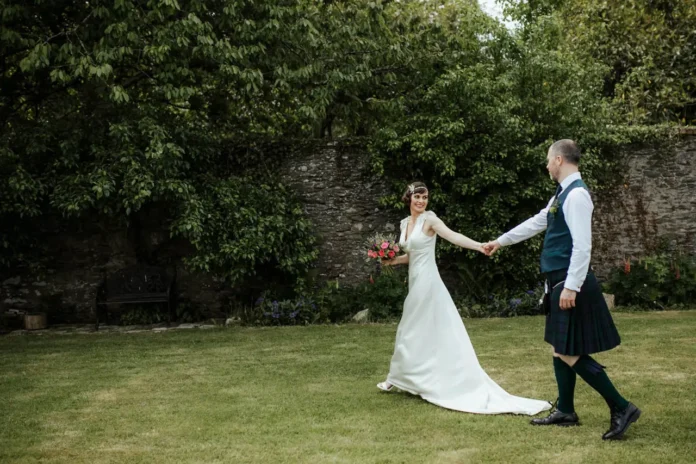When you think of Traditional Irish Weddings, a tapestry of vibrant customs and historical practices wraps around your imagination, drawing you into a world where ancient beliefs blend seamlessly with modern celebrations. These festivals are not just occasions for vows and heartfelt promises; they are vivid portrayals of a rich cultural heritage that speaks volumes about love, community, and life itself. You may be surprised to learn that each element within an Irish wedding tradition has its essence, often rooted in folklore, spirituality, and shared experiences.
This fascinating intermingling of Irish wedding traditions, from the meaningful attire and décor to ceremonial rituals, enriches the wedding experience, whether you have Irish ancestry or simply an appreciation for the culture. Join me as we delve deeper into the enchanting world of Irish wedding customs – you’ll uncover symbolic acts like handfasting, traditions steeped in superstition, and the influential Celtic traditions that have shaped these age-old practices, each offering profound insights into the values central to Irish society for more check here.
Key Takeaways
- Traditional Irish Weddings are rich in symbolism and historical significance.
- Each custom reflects a blend of ancient practices and contemporary celebrations.
- Elements like handfasting represent deep-rooted beliefs about union and commitment.
- Understanding these traditions enhances your appreciation of Irish culture.
- Attire often features Celtic designs that carry specific meanings.
- Superstitions and spirituality play crucial roles in various wedding rituals.
Understanding the Origins of Traditional Irish Weddings
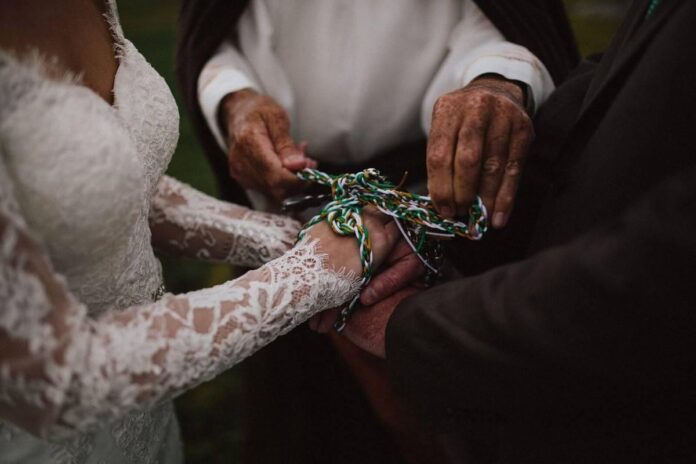
The foundations of traditional Irish weddings lie deep in culture and heritage, reflecting a rich tapestry of customs and beliefs. Historical Irish wedding traditions reveal a blend of symbolism and ritual that has evolved over time. For many couples, these elements offer a sense of connection to the past while celebrating their unique love story.
Historical Context of Irish Wedding Traditions
Irish wedding traditions often reflect societal values and historical circumstances. Ancient practices were primarily centered around agrarian rituals, where blessings for fertility and prosperity were paramount. Many of the customs you encounter today, such as handfasting, have roots in these early ceremonies. Over time, political and religious changes influenced these traditions, shaping the contemporary Irish wedding ceremony.
Celtic Influences on Modern Practices
The impact of Celtic culture on modern weddings is profound. Celtic wedding practices, such as incorporating intricate knots, symbolize the unbreakable bond between partners. The Claddagh ring, embodying love, loyalty, and friendship, remains a popular choice for couples seeking to honor this heritage. Many couples now choose to weave these symbols into their ceremonies, celebrating their Celtic roots.
Religious and Superstitious Roots
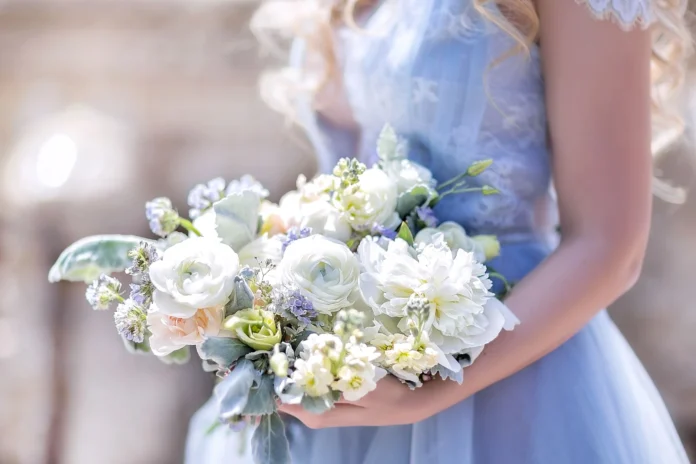
Religion plays a significant role in many Irish weddings, particularly within the context of Catholic traditions. Ceremonies often include specific prayers and blessings that reflect a commitment not just to one another but also to a higher power. Alongside these religious aspects, Irish wedding superstitions continue to influence modern practices. For example, it is believed that the bride should wear something old, new, borrowed, and blue to ensure good luck and happiness in her marriage. These beliefs intricately connect couples to historical Irish wedding traditions while inviting fortune into their new life together.
Traditional Irish Weddings – Customs and Practices You Should Know
When it comes to celebrating love, traditional Irish weddings stand out for their rich tapestry of customs and practices that echo through history. Every detail holds significance, particularly the wedding attire worn by the couple. Understanding the symbolism behind these choices helps you appreciate their deep cultural significance.
Symbolism Behind Wedding Attire
In traditional Irish weddings, attire is much more than a fashion statement; it reflects heritage and values. Brides often opt for gowns adorned with Celtic symbols, showcasing spirituality and connection to their ancestry. Interestingly, many choose shades of blue instead of the conventional white; this color represents fidelity and commitment, reinforcing the couple’s vows. Grooms frequently wear formal kilts, featuring specific tartan patterns that signify their clan or county. This choice highlights the importance of Irish identity, creating a strong sense of belonging in the midst of the celebration.
Common Ceremony Rituals
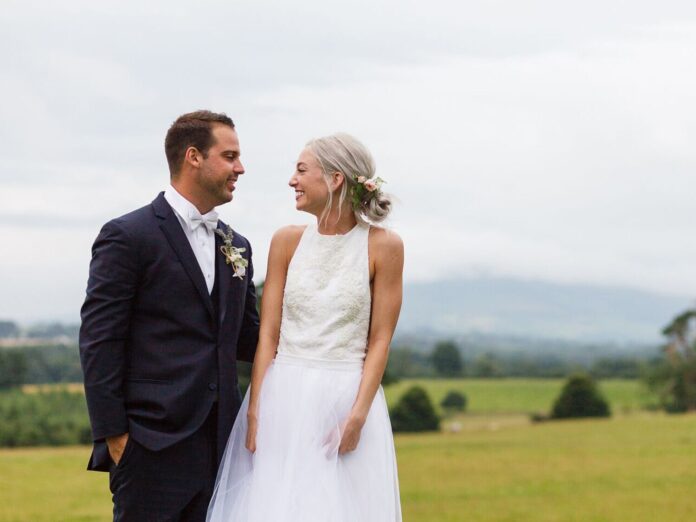
Common rituals during Irish wedding ceremonies add another layer of meaning to the festivities. One notable tradition is handfasting, where couples bind their hands together with ribbons, symbolizing unity and commitment. Additionally, many couples incorporate readings of Irish blessings, offering heartfelt sentiments that resonate with the audience. Traditional wedding rituals also include celebratory toasts that express love and well wishes for the future. Unique customs, such as carrying a personalized handkerchief or using bells during the ceremony, further enrich the experience, making every wedding a beautiful blend of Irish wedding customs and heartfelt expression.
FAQ
What are some common Irish wedding traditions?
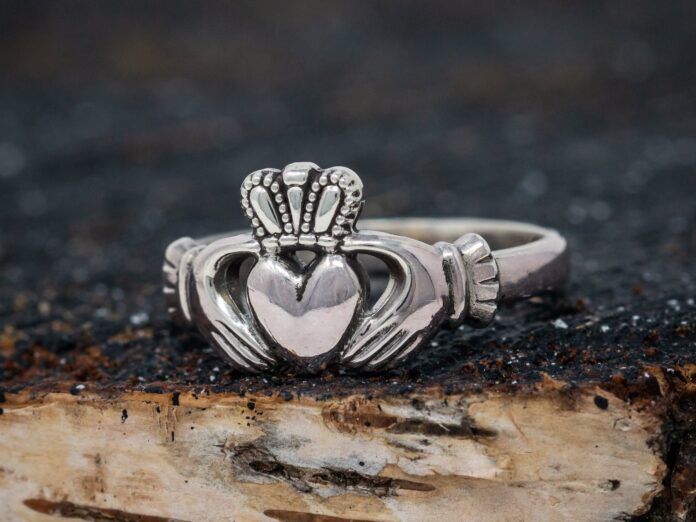
Common Irish wedding traditions include handfasting, where the couple’s hands are tied together to symbolize their union and the carrying of lucky items such as a sixpence coin or a horseshoe for good fortune. Additionally, the inclusion of Irish blessings and personal toasts during the ceremony is quite popular.
How does Irish wedding attire differ from other cultures?
Irish wedding attire often features Celtic designs and symbols. Brides may choose gowns with Celtic embroidery and opt for shades of blue, which historically symbolize fidelity. Grooms often wear kilts representing their family’s tartan, adding to the cultural significance of their outfits.
Are there any superstitions associated with Irish weddings?
Yes, many Irish wedding superstitions exist, such as the belief that brides should wear something old, something new, something borrowed, and something blue to bring good luck. Other beliefs include carrying lucky charms to protect against evil spirits.
What type of music is typically played at traditional Irish weddings?
Traditional Irish wedding music often includes folk songs, lively jigs, and ballads performed by live bands or musicians. The genre is characterized by instruments like fiddles, flutes, and bodhráns, creating a festive atmosphere for celebration.
Can you explain the significance of Claddagh rings in Irish weddings?
Claddagh rings feature a design of two hands holding a heart, topped with a crown, symbolizing love, loyalty, and friendship. They are often exchanged during Irish wedding ceremonies as a representation of the couple’s commitment to one another.
How do traditional Irish wedding customs reflect Irish culture?
Traditional Irish wedding customs encapsulate the nation’s rich heritage, blending ancient rituals with contemporary celebrations. Elements such as Celtic symbols in attire, handfasting, and the recitation of blessings illustrate the values cherished in Irish society.

